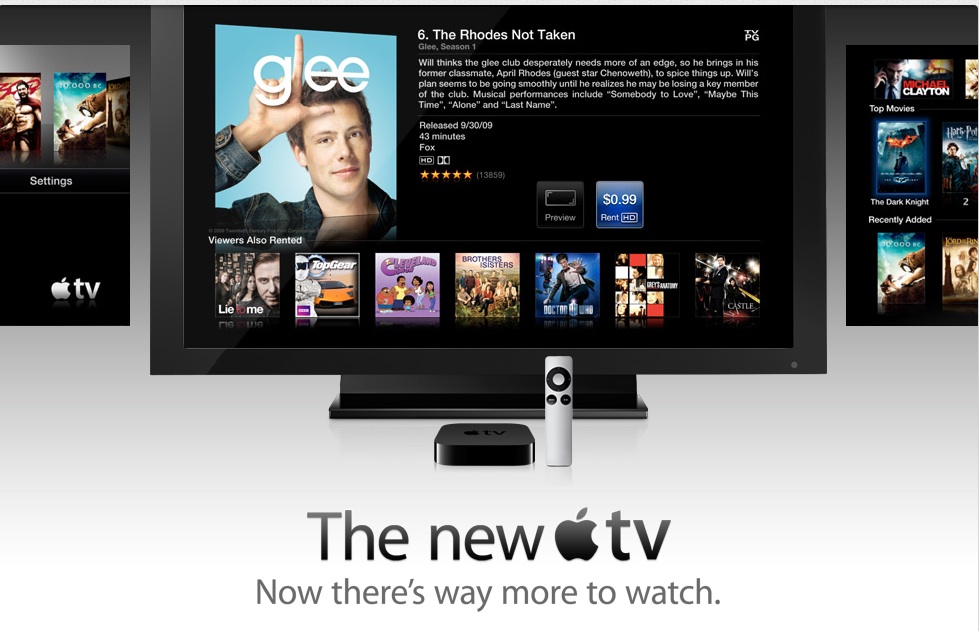
With recent news that the Nintendo 3DS can now stream videos via Netflix, and iPhones becoming a regular accessory in schools, a world of content has now shifted to the fingertips of youth. But the influx of technology and access to the content have raised concerns over how kids are accessing that content.
“There is such a sheer amount of content out there, whether it’s a video or a game, that you can’t possibly filter and police every last corner of the Internet,” said high-tech analyst Scott Steinberg, head of technology consulting firm TechSavvy Global. “Some people look to blame the studios, but there is no way for them to ensure that children will never be able to watch something. Let’s face it, a child who is determined to get access to that content will find a way to get it. Whether it’s at a friend’s house or borrowing an older sibling’s computer, there are always ways around it.”
For concerned parents, the biggest asset to control what types of content kids can get to is at the start, the access point. Generally, that requires a little footwork, but it may very well be worth it for peace of mind. Of course, some are far more involved than others.
Here’s a quick rundown:
Xbox: Clearly one of the bigger access points for kids, the Xbox 360 console lets parents customize and manage their family’s access to games, movies and television content with parental controls that can be set to control the console itself as well as access to Xbox LIVE. The console’s control settings help manage which games can be played, which shows can be watched, how long someone can access Xbox LIVE, and even how long a family member can use the system on a daily or weekly basis.
iTunes: The service, especially when using Apple TV, gives users a wide range of parental controls that allows them to set ratings levels for movies and TV shows. If a viewer tries to watch something outside the set limits, a passcode must then be entered. When using Apple TV, parents can also set limits for other streaming services such as Netflix and YouTube.
Netflix: Although Netflix has taken its lumps for a lack of parental controls, some options are available for users, who can block content for the account based on rating. The controls, however, block content for all audiences, kids and adults alike, and changing the settings one way or the other can take as long as eight hours to become effective.
Hulu: Hulu’s version of parental controls is primarily based on users being 18 to have an account, and mature content can only be viewed by audiences who are registered with the service.
VUDU: With ties to Playstation 3 and Boxee, VUDU allows parents to set limits on children’s abilities to browse, rent, buy or play movies that fall within a certain rating. Audiences can set the controls and use a password to access video that falls outside the pre-selected ratings.
Amazon Instant: Although a password is needed to log in, Amazon Prime customers are able to access any video at any time with no other controls, much to the detriment of a slew of forum posters. The biggest way to ensure kids can’t access certain video is to log off and not share the password.
It’s clear that access to videos will only become easier via apps and new services, and analysts expect studios and services alike to only improve their role in the family environment.
“All of them going forward will give parents even more power to control what content is available,” Steinberg said. “It is in video game makers’ and studios’ best interest to make it safe, because once you lose a parent’s trust, everything goes out the window.”
Chris Pursell has been in the trenches of television since the 90s, serving as a reporter and editor for such publications as Daily Variety, Variety, and TelevisionWeek and has held executive positions at studios such as Sony Pictures Television. He recently held the position of Vice President of Content Innovation for PromaxBDA, launching and serving as editor-in-chief of Brief magazine as well as Daily Brief, and currently serves as Managing Editor of Cynopsis Sports.
Check out more stories in our special series, Kids & Media, on MediaShift.



